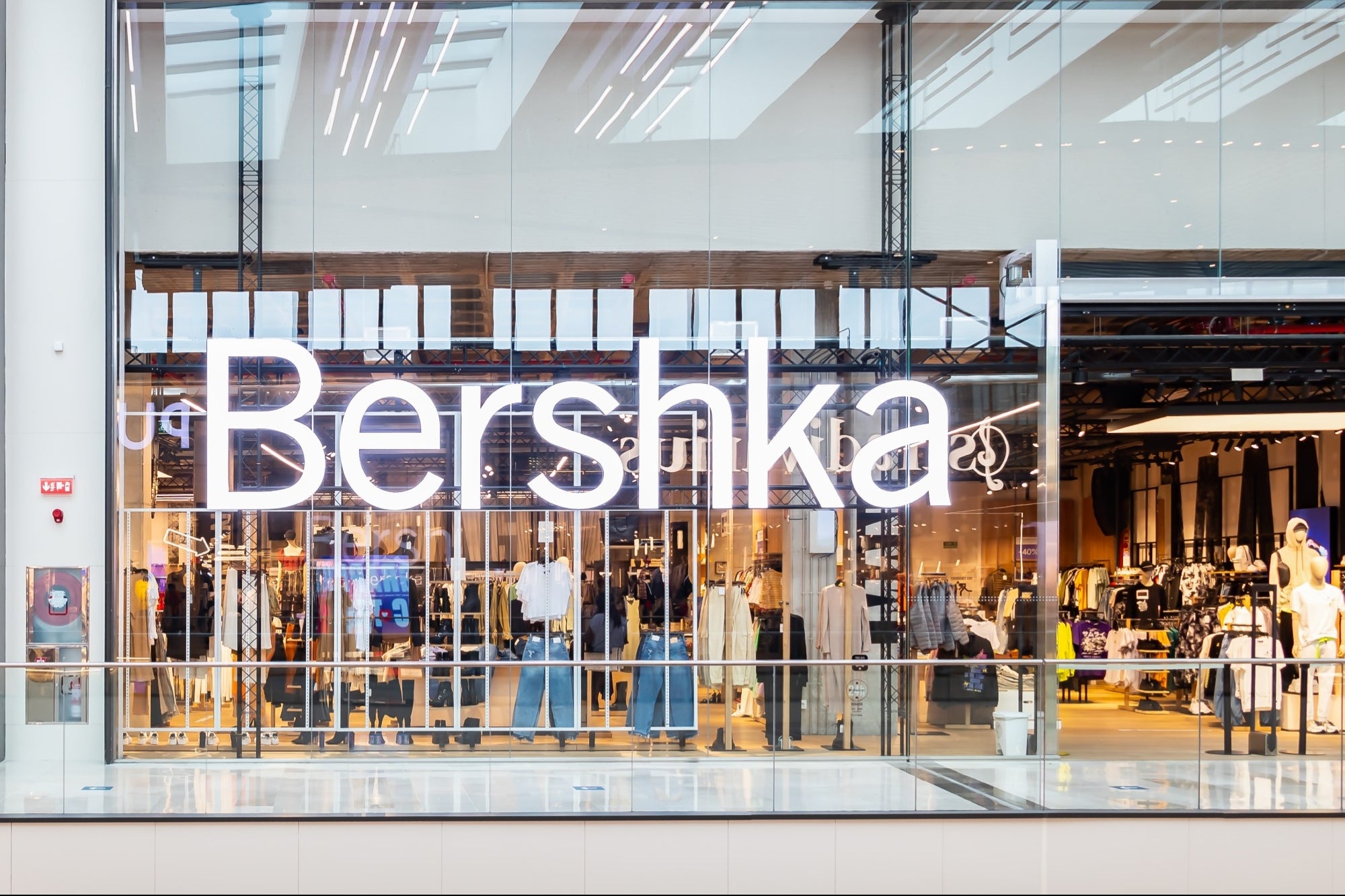Zara bets big on online
The numbers they plan to invest are simply staggering.
Almost all fashion retailers watch what the Inditex Group (the business that owns fast fashion brands like Zara and Bershka) do like hawks.
Inditex have perfected the art of fast fashion, their business model and buying matrix has been studied and pondered over by everyone for years.
Like all retailers, but particularly for Zara, who sell outfits more suited to being worn at a fancy cocktail party and similar swish nights out with people who you want to impress, the covid-19 lockdowns have not been kind for trading.
In response, the Inditex Group have announced that they will be re-looking their entire business model (premised on expansive retail outlets) and will be spending a whopping US$3 billion to boost their e-commerce capabilities.
That's right - three billion US dollars to boost their online business.
Their intention?
To boost their own share of online sales from 14% in 2019 to 25% in 2022 and they plan to do this by ensuring a seamless omni-channel experience between stores and online.
'New technology, such as RFID chips, tracks where items are, allowing Inditex to fulfil an order from either a shop or a warehouse. It is testing an app to tell shoppers if a particular item in a particular size is available in a given outlet—and even on which of the outlet’s racks to find it.'
Even though they arrived late to the online party, Zara's app experience is a country mile ahead of local competitors like Superbalist and Woolies.
This new. massive investment is going to allow them to really explore what is possible when trying to shoot the lights out with a luxury digital experience.
Say it with me one last time...three billion dollars...
How will their competitors survive?











